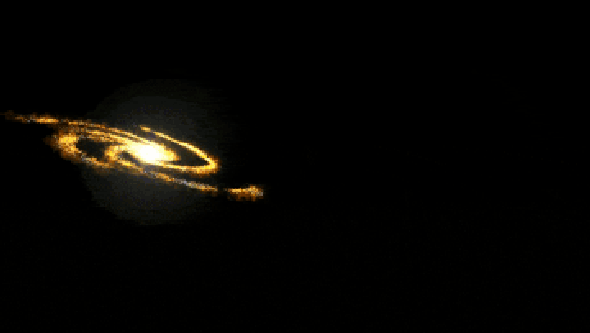Quick Links for Friday, July 7

Scientists make best-yet map of solar system’s interstellar boundaries.
› The heliosphere is a plasma bubble surrounding our solar system, filled with ionized gas that flows along magnetic field lines tied to the sun's rotation. A recent study used Voyager missions' data and satellite observations to reveal the uneven interstellar magnetic field distribution at the heliosphere's boundary. Pretty fucking cool.
David Friedman gets no mail, and he’s here to help you do the same. “Maybe you’ve seen articles about how to reach this level of postal nirvana before, but never got the motivation to do it. Maybe it seemed too complicated or not worth the effort. It’s true that there’s no single way to opt out of all mail, so it does require a few steps to reach Mailbox Zero. But I’m here to tell you it’s worth it, and I’m going to make it easy for you.”
› I followed this to the letter.
How the first stars split the universe apart. “The thickest fog formed clouds; the densest clouds formed knots. The knots grew heavier, pulling gas into orbit around them, spinning and crashing together with such force that the gas was compressed into ignition. The same gas that sat dormant for countless ages was, in the centre of the tightest cloud, converted back into a nuclear furnace blazing with heat. The first star was born: Cosmic Dawn.”
› What a lovely read from front to back. Don’t skip this one.
Call combinations and compositional processing in wild chimpanzees. “Here, we provide evidence for syntactic-like structuring in chimpanzee communication. Chimpanzees produce “alarm-huus” when surprised and “waa-barks” when potentially recruiting conspecifics during aggression or hunting. Anecdotal data suggested chimpanzees combine these calls specifically when encountering snakes.”
Researchers create an RNA molecule that replicates. "Researchers have for the first time been able to create an RNA molecule that replicates, diversifies, and develops complexity, following Darwinian evolution. This has provided the first empirical evidence that simple biological molecules can lead to the emergence of complex lifelike systems."
